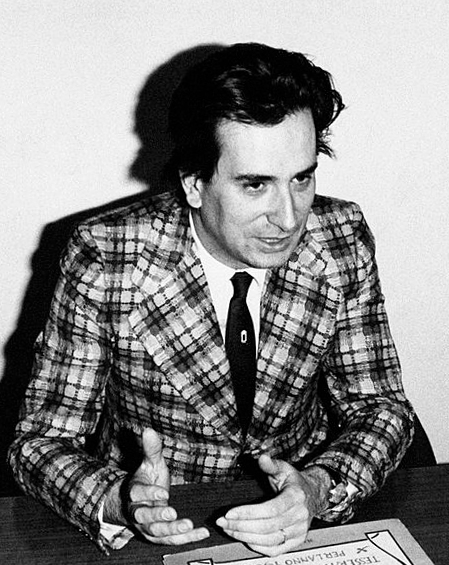LNB autoritātes
AleppID: LNC10-000119426
ViafURL: http://viaf.org/viaf/7944371
DomID: 21579 Go to Dom link Go to Dom xml data
IsniID: 0000000117408502
|
|
<ill-get-doc>
<record xmlns="http://www.loc.gov/MARC21/slim/" xmlns:xsi="http://www.w3.org/2001/XMLSchema-instance" xsi:schemaLocation="http://www.loc.gov/MARC21/slim http://www.loc.gov/standards/marcxml/schema/MARC21slim.xsd">
<leader>^^^^^nz^^a^^^^^^^n^^4500</leader>
<controlfield tag="001">LNC10-000119426</controlfield>
<controlfield tag="005">20080911151847.0</controlfield>
<controlfield tag="008">080911nn|adnnnaabn||||||||||^a|aaa||||^^</controlfield>
<datafield tag="024" ind1="7" ind2=" ">
<subfield code="a">0000000117408502</subfield>
<subfield code="2">isni</subfield>
</datafield>
<datafield tag="035" ind1=" " ind2=" ">
<subfield code="a">(VIAF)7944371</subfield>
</datafield>
<datafield tag="040" ind1=" " ind2=" ">
<subfield code="a">NLL</subfield>
<subfield code="b">lav</subfield>
</datafield>
<datafield tag="100" ind1="1" ind2=" ">
<subfield code="a">Portoghesi, Paolo</subfield>
</datafield>
<datafield tag="670" ind1=" " ind2=" ">
<subfield code="a">I grandi architetti del Novecento, 2000:</subfield>
<subfield code="b">(Paolo Portoghesi)</subfield>
</datafield>
<datafield tag="670" ind1=" " ind2=" ">
<subfield code="a">Kongresa bibliotēkas autorit. ierakstu datne</subfield>
</datafield>
<datafield tag="856" ind1="4" ind2="0">
<subfield code="u">http://viaf.org/viaf/7944371</subfield>
<subfield code="y">VIAF ID</subfield>
</datafield>
<datafield tag="915" ind1="0" ind2="3">
<subfield code="a">20080911.03INGUNAM</subfield>
</datafield>
</record>
<session-id>NVL36PT5DC6N3L2RX4UPXAJ85KCTV9FYYHGINHKHPSNL5MGXYK</session-id>
</ill-get-doc>
Paolo_Portoghesi

- Paolo Portoghesi (2 November 1931 – 30 May 2023) was an Italian architect, theorist, historian, and professor of architecture at the Sapienza University of Rome. He was president of the architectural section of the Venice Biennale (1979–1992), editor-in-chief of the journal Controspazio (1969–1983), and dean of the Faculty of Architecture at the Politecnico di Milano university (1968–1978).
- Portoghesi was born on November 2, 1931, in Rome.[1] He studied architecture at the Faculty of Architecture at the Sapienza University of Rome, completing his studies in 1957.[2] He began teaching the history of criticism at the same faculty in 1961. Portoghesi opened an architectural practice with architect-engineer Vittorio Gigliotti (born 1921) in Rome in 1964. His first project was an interior design commission for an office building of ENPAS in Pistoia and its headquarters in Lucca.[3]
- Portoghesi specialised in teaching and researching Classical architecture, especially Baroque architecture, and in particular Borromini, but also Michelangelo. He taught at the Politecnico di Milano’s School of Architecture from 1967 until he became its dean from 1968 to 1976.[3] He then transferred to the Sapienza University and worked as a full professor.[3]
- His interest in more contemporary architecture coincided largely with that of his colleague in Rome, Bruno Zevi, in championing a more organic form of modernism, evident in, for instance, the work of Victor Horta and Frank Lloyd Wright, and in Italy with neorealism and the Liberty style. This attitude has continued throughout Portoghesi's career, and is clearly visible in his own architecture. It is also evident in his concern for the studies of nature, brought to the fore in his more recent book Nature and Architecture (2000).